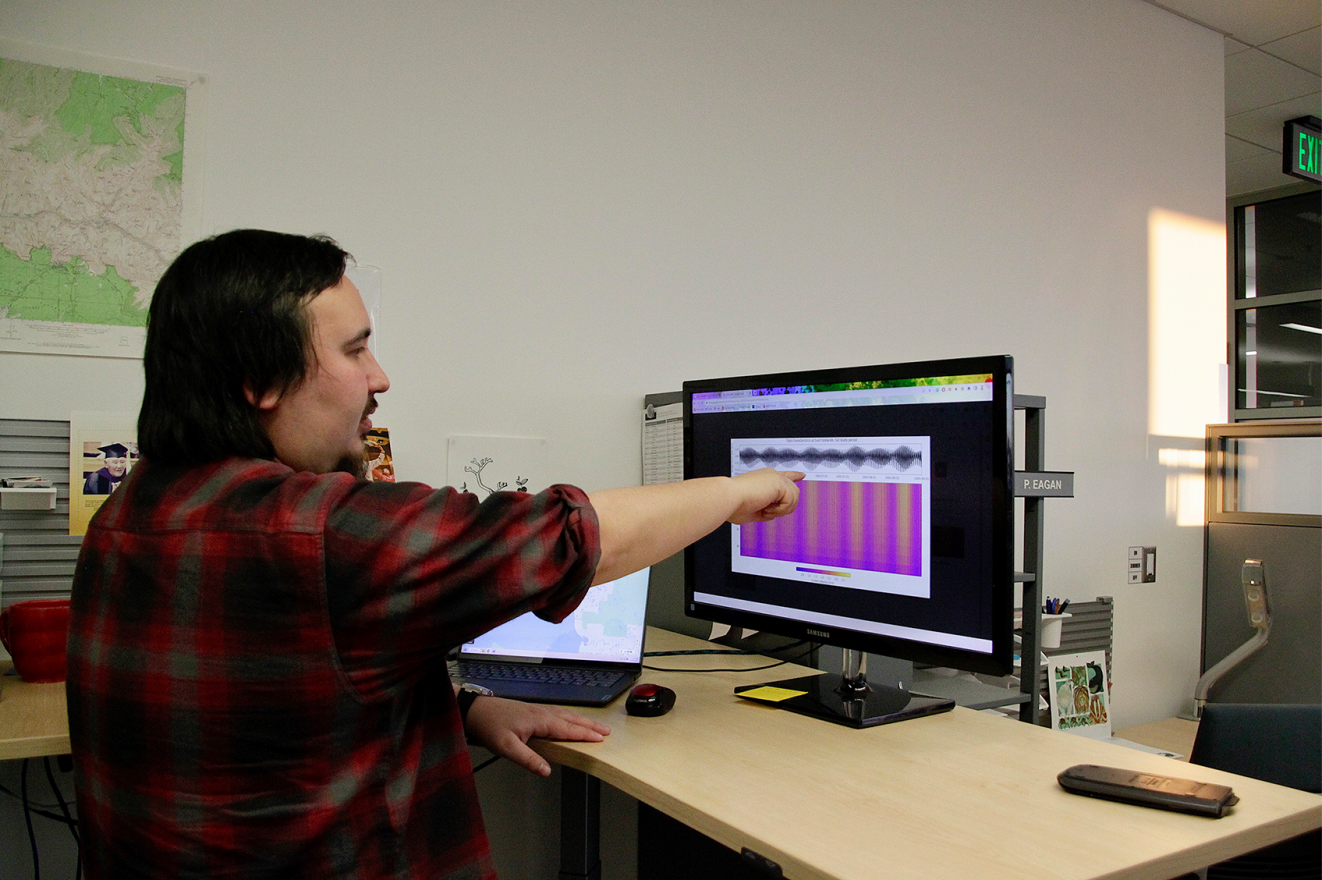 2 at coal-fired power plants is to improve combustion and conversion efficiency primarily through co-combustion. The research ascertained a 37% increase in combustion efficiency by simply co-firing biomass with coal.
As part of a plan to mitigate GHG’s, the Department Of Energy (DOE) recommends improving combustion efficiency at existing plants and employing more efficient technologies. The report suggests replacing fossil-fueled generation with non-fossil-fueled alternatives.
The global pollution predicament has existed for some time but little action has been taken to decrease GHG emissions. Given the importance of coal-based energy to the global economy and the need to reduce emissions, innovative clean coal technologies that reduce the environmental impact of coal energy generation emissions need to be employed immediately.
The most immediate strategy is conservation of oil, gas, and coal, which we rely on as fuels for most of our transportation, heating, cooling, agriculture, and electricity. Short-term strategies involve switching from carbon-intensive to renewable energy sources, which also requires building new infrastructure for alternative energy sources. A move that would stimulate our economy and provide relief from ever-increasing CO2 levels. Long-term strategies involve innovative research and a fundamental change in the way humans use energy. We believe these strategies to be responsible solutions to pollution.
The impact of the problem to this generation and the next is a responsibility of each citizen of the world. The global impact of the problem is serious. IT IS TIME FOR ACTION! Please do your part to lobby for more efficient technologies to be employed NOW, rather than waiting for one universal remedy for pollution. It will take many innovative, simple corrections to put our planet in order.">
2 at coal-fired power plants is to improve combustion and conversion efficiency primarily through co-combustion. The research ascertained a 37% increase in combustion efficiency by simply co-firing biomass with coal.
As part of a plan to mitigate GHG’s, the Department Of Energy (DOE) recommends improving combustion efficiency at existing plants and employing more efficient technologies. The report suggests replacing fossil-fueled generation with non-fossil-fueled alternatives.
The global pollution predicament has existed for some time but little action has been taken to decrease GHG emissions. Given the importance of coal-based energy to the global economy and the need to reduce emissions, innovative clean coal technologies that reduce the environmental impact of coal energy generation emissions need to be employed immediately.
The most immediate strategy is conservation of oil, gas, and coal, which we rely on as fuels for most of our transportation, heating, cooling, agriculture, and electricity. Short-term strategies involve switching from carbon-intensive to renewable energy sources, which also requires building new infrastructure for alternative energy sources. A move that would stimulate our economy and provide relief from ever-increasing CO2 levels. Long-term strategies involve innovative research and a fundamental change in the way humans use energy. We believe these strategies to be responsible solutions to pollution.
The impact of the problem to this generation and the next is a responsibility of each citizen of the world. The global impact of the problem is serious. IT IS TIME FOR ACTION! Please do your part to lobby for more efficient technologies to be employed NOW, rather than waiting for one universal remedy for pollution. It will take many innovative, simple corrections to put our planet in order.">
What to do with 7.7 million tons of sewage sludge and 1 billion tons of animal manure
 2 at coal-fired power plants is to improve combustion and conversion efficiency primarily through co-combustion. The research ascertained a 37% increase in combustion efficiency by simply co-firing biomass with coal.
As part of a plan to mitigate GHG’s, the Department Of Energy (DOE) recommends improving combustion efficiency at existing plants and employing more efficient technologies. The report suggests replacing fossil-fueled generation with non-fossil-fueled alternatives.
The global pollution predicament has existed for some time but little action has been taken to decrease GHG emissions. Given the importance of coal-based energy to the global economy and the need to reduce emissions, innovative clean coal technologies that reduce the environmental impact of coal energy generation emissions need to be employed immediately.
The most immediate strategy is conservation of oil, gas, and coal, which we rely on as fuels for most of our transportation, heating, cooling, agriculture, and electricity. Short-term strategies involve switching from carbon-intensive to renewable energy sources, which also requires building new infrastructure for alternative energy sources. A move that would stimulate our economy and provide relief from ever-increasing CO2 levels. Long-term strategies involve innovative research and a fundamental change in the way humans use energy. We believe these strategies to be responsible solutions to pollution.
The impact of the problem to this generation and the next is a responsibility of each citizen of the world. The global impact of the problem is serious. IT IS TIME FOR ACTION! Please do your part to lobby for more efficient technologies to be employed NOW, rather than waiting for one universal remedy for pollution. It will take many innovative, simple corrections to put our planet in order.">
2 at coal-fired power plants is to improve combustion and conversion efficiency primarily through co-combustion. The research ascertained a 37% increase in combustion efficiency by simply co-firing biomass with coal.
As part of a plan to mitigate GHG’s, the Department Of Energy (DOE) recommends improving combustion efficiency at existing plants and employing more efficient technologies. The report suggests replacing fossil-fueled generation with non-fossil-fueled alternatives.
The global pollution predicament has existed for some time but little action has been taken to decrease GHG emissions. Given the importance of coal-based energy to the global economy and the need to reduce emissions, innovative clean coal technologies that reduce the environmental impact of coal energy generation emissions need to be employed immediately.
The most immediate strategy is conservation of oil, gas, and coal, which we rely on as fuels for most of our transportation, heating, cooling, agriculture, and electricity. Short-term strategies involve switching from carbon-intensive to renewable energy sources, which also requires building new infrastructure for alternative energy sources. A move that would stimulate our economy and provide relief from ever-increasing CO2 levels. Long-term strategies involve innovative research and a fundamental change in the way humans use energy. We believe these strategies to be responsible solutions to pollution.
The impact of the problem to this generation and the next is a responsibility of each citizen of the world. The global impact of the problem is serious. IT IS TIME FOR ACTION! Please do your part to lobby for more efficient technologies to be employed NOW, rather than waiting for one universal remedy for pollution. It will take many innovative, simple corrections to put our planet in order.">
The U.S. EPA estimates the U.S. generates 7.7 million tons of sewage sludge and 1 billion tons of animal manure per year. The market shift away from land filling, land application and tightening regulations on nutrient management, surface and groundwater effluence are requiring new process methods for unused bio-organics.
N-VIRO Fuel™ delivers a long-term economic process solution for energy-rich bio-organics. Here’s how. N-VIRO Fuel™, the innovative biomass derived fuel, when burned with coal results in net positive energy as demonstrated at Michigan State University N-VIRO Fuel™ test burn in 2007. The alternative fuel has BTU comparable to coal and the N-VIRO process consumes recycled mineral by-products to aid in SOx removal and the bio-organics generate ammonia for NOx elimination.
Climate change and specifically reduction of greenhouse gas emissions is the greatest challenge for the environment and health of the world. The U.S. EPA’s ruling that Greenhouse Gas (GHG) emissions are a threat to public health is cause for immediate action to mitigate future climate change.
For example, according to data from the Carbon Monitoring for Action organization in just the state of Pennsylvania there are seventy-nine (79) coal-fired power plants. Pennsylvania’s use of fossil fuel has increased 2% but the use of renewables to generate power only increased 1.7%.
The National Renewable Energy Laboratory conducted research on energy conversion efficiency. One of the techniques for reduction of CO2 at coal-fired power plants is to improve combustion and conversion efficiency primarily through co-combustion. The research ascertained a 37% increase in combustion efficiency by simply co-firing biomass with coal.
As part of a plan to mitigate GHG’s, the Department Of Energy (DOE) recommends improving combustion efficiency at existing plants and employing more efficient technologies. The report suggests replacing fossil-fueled generation with non-fossil-fueled alternatives.
The global pollution predicament has existed for some time but little action has been taken to decrease GHG emissions. Given the importance of coal-based energy to the global economy and the need to reduce emissions, innovative clean coal technologies that reduce the environmental impact of coal energy generation emissions need to be employed immediately.
The most immediate strategy is conservation of oil, gas, and coal, which we rely on as fuels for most of our transportation, heating, cooling, agriculture, and electricity. Short-term strategies involve switching from carbon-intensive to renewable energy sources, which also requires building new infrastructure for alternative energy sources. A move that would stimulate our economy and provide relief from ever-increasing CO2 levels. Long-term strategies involve innovative research and a fundamental change in the way humans use energy. We believe these strategies to be responsible solutions to pollution.
The impact of the problem to this generation and the next is a responsibility of each citizen of the world. The global impact of the problem is serious. IT IS TIME FOR ACTION! Please do your part to lobby for more efficient technologies to be employed NOW, rather than waiting for one universal remedy for pollution. It will take many innovative, simple corrections to put our planet in order.






















